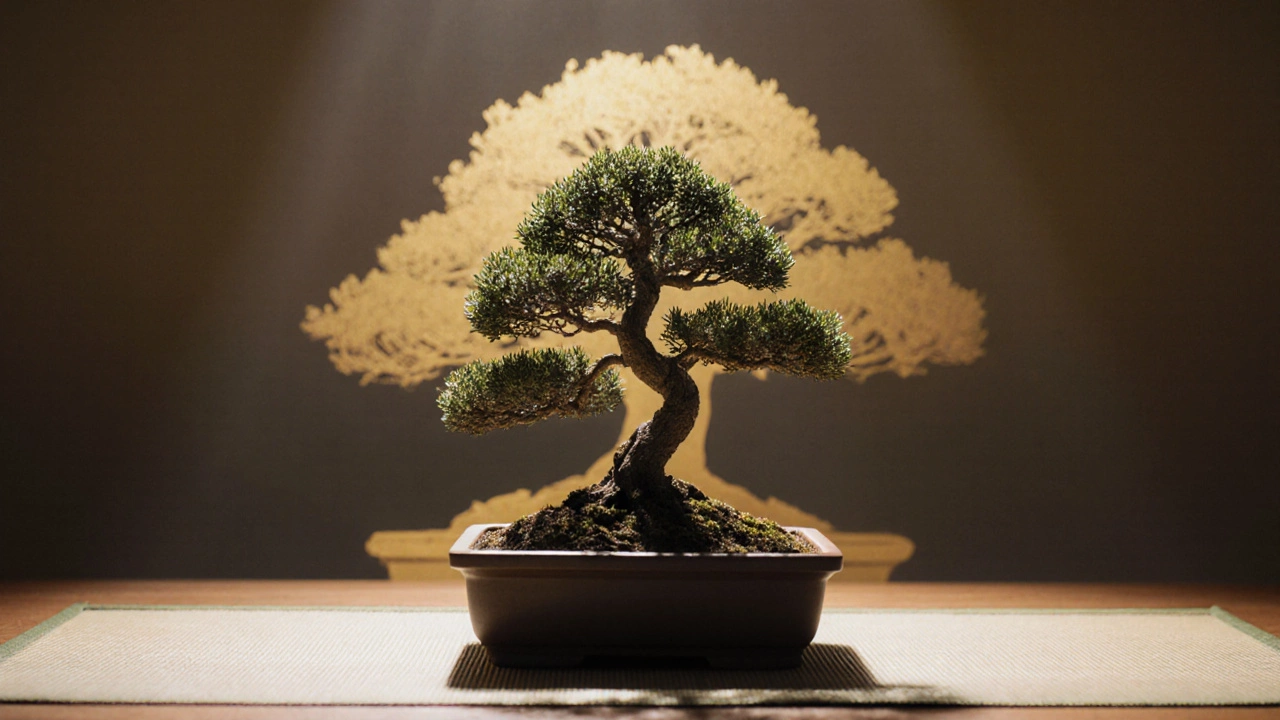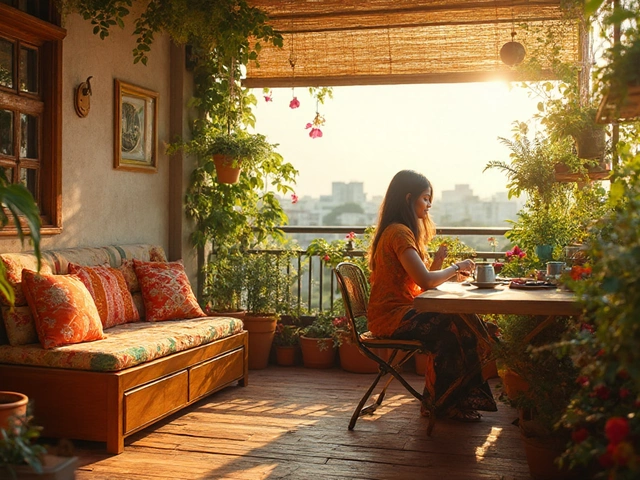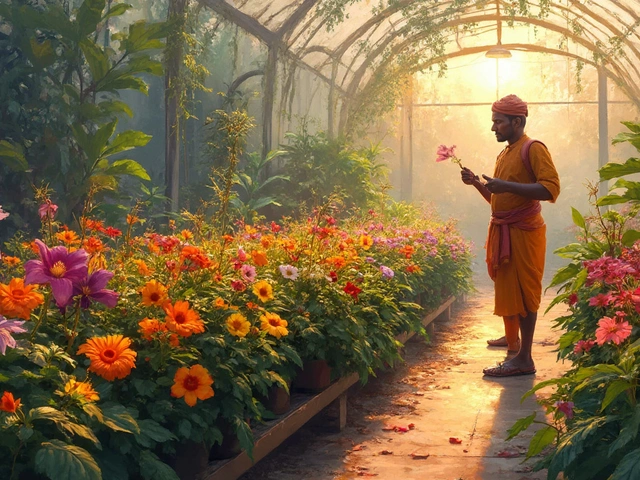Golden Rule of Bonsai Checker
Check Your Bonsai Care
Verify that your bonsai care routine aligns with the golden rule: Make the tree look like a full-size tree, just smaller.
Your Golden Rule Compliance Check
When you hear the phrase golden rule of bonsai is the guiding principle that keeps a miniature tree looking natural and healthy, you instantly know what to focus on.
Quick Takeaways
- Treat the bonsai like a full‑size tree: balance water, light, nutrition, and pruning.
- Keep the tree’s silhouette simple and proportionate.
- Regularly check roots and wiring to avoid stress.
Bonsai is the art of growing trees in containers to create a living miniature landscape. It’s not a trick; it’s a miniature version of ordinary horticulture, only with a lot more patience and an eye for design.
What Exactly Is the Golden Rule?
The golden rule of bonsai can be summed up in one sentence: Make the tree look like a full‑size tree, just smaller. In practice that means every care decision-watering, lighting, pruning, wiring-must aim to preserve the tree’s natural form and health, not force a novelty shape.
Why It Matters
People often start bonsai because it looks cool, but without the rule you end up with a stunted, unhealthy plant that looks more like a pot‑grown shrub. Applying the rule ensures the tree’s vigor, encourages proper branch development, and lets the viewer instantly recognize the tree’s species and age, just like a landscape tree.
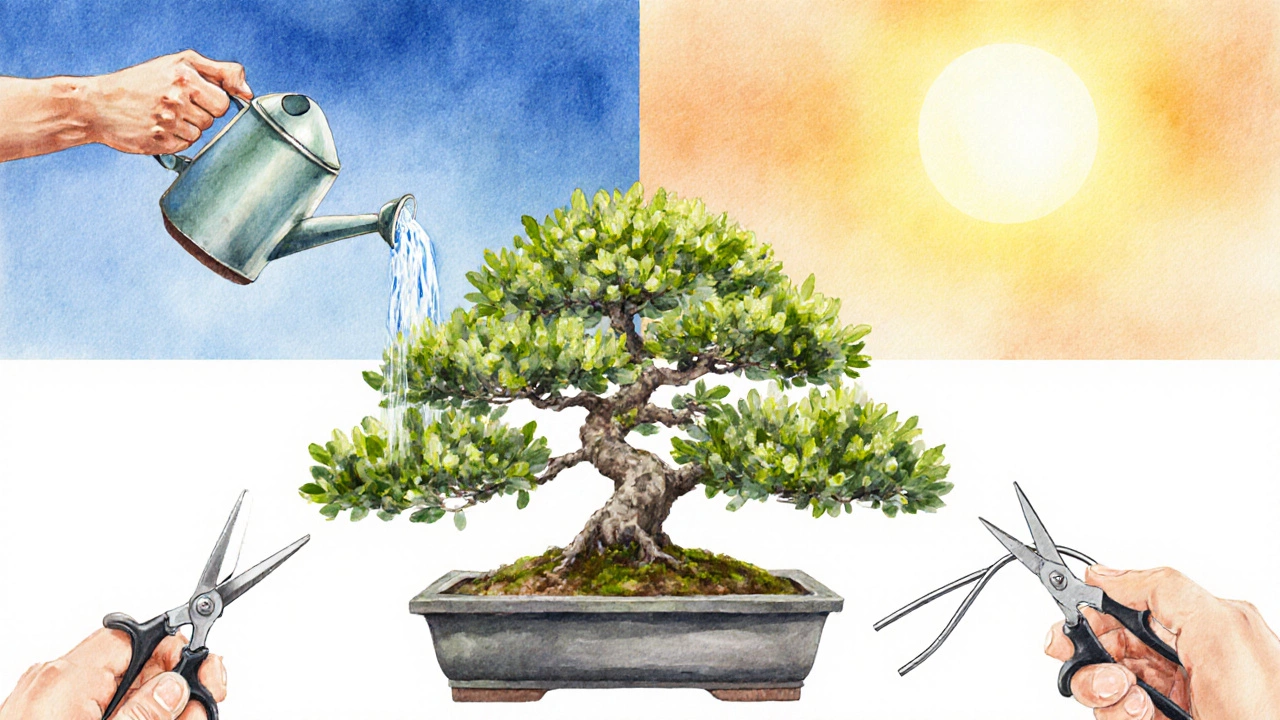
Key Elements Behind the Rule
Think of the rule as a checklist of four core elements that every bonsai enthusiast must balance.
- Watering provides the moisture needed for photosynthesis and root health. Over‑watering drowns roots; under‑watering dries them out.
- Lighting delivers the energy for growth and keeps foliage compact. Too much direct sun can scorch leaves; too little leads to leggy growth.
- Pruning shapes branches and controls size, mimicking natural branch die‑back. Remove new shoots that break the silhouette.
- Wiring guides branch direction while the wood is still flexible. Apply loosely and remove before the bark hardens.
When these four pillars are in harmony, the tree naturally follows the golden rule.
Step‑by‑Step: Applying the Rule
- Assess the Tree’s Shape - Look at the trunk line, branch angles, and leaf density. Sketch a quick silhouette on paper.
- Check Soil Moisture - Insert a bamboo stick about 2cm deep. If it comes out damp, wait; if it’s dry, water thoroughly until water drains from the bottom.
- Adjust Lighting - Place the bonsai near a bright, east‑facing window for 4-6hours of indirect sun. If leaves turn pale, add a grow‑light.
- Prune for Proportion - Using clean, sharp scissors, cut back any shoots that extend beyond the imagined “full‑size” branch line. Remove more than 30% of new growth in a single session.
- Wire Strategically - Wrap aluminium wire around a branch, starting at the base and spiralling upward. Gently bend the branch to follow the sketch, leaving at least ¼inch of space between wire and bark.
- Inspect Roots - Once a year, gently remove the tree from its pot, trim any circling roots, and repot with a well‑draining mix of akadama, pumice, and lava rock.
- Monitor and Adjust - Over the next 4‑6 weeks, watch for leaf drop or wilting. If the tree looks stressed, back off wiring and reduce pruning intensity.
Common Mistakes That Break the Rule
- Over‑pruning to force a dramatic shape - the tree loses vigor.
- Leaving wire on for months - it cuts into the bark and creates scar tissue.
- Using garden soil instead of a specialized bonsai mix - poor drainage leads to root rot.
- Placing the bonsai in a drafty spot - inconsistent temperature stresses the plant.
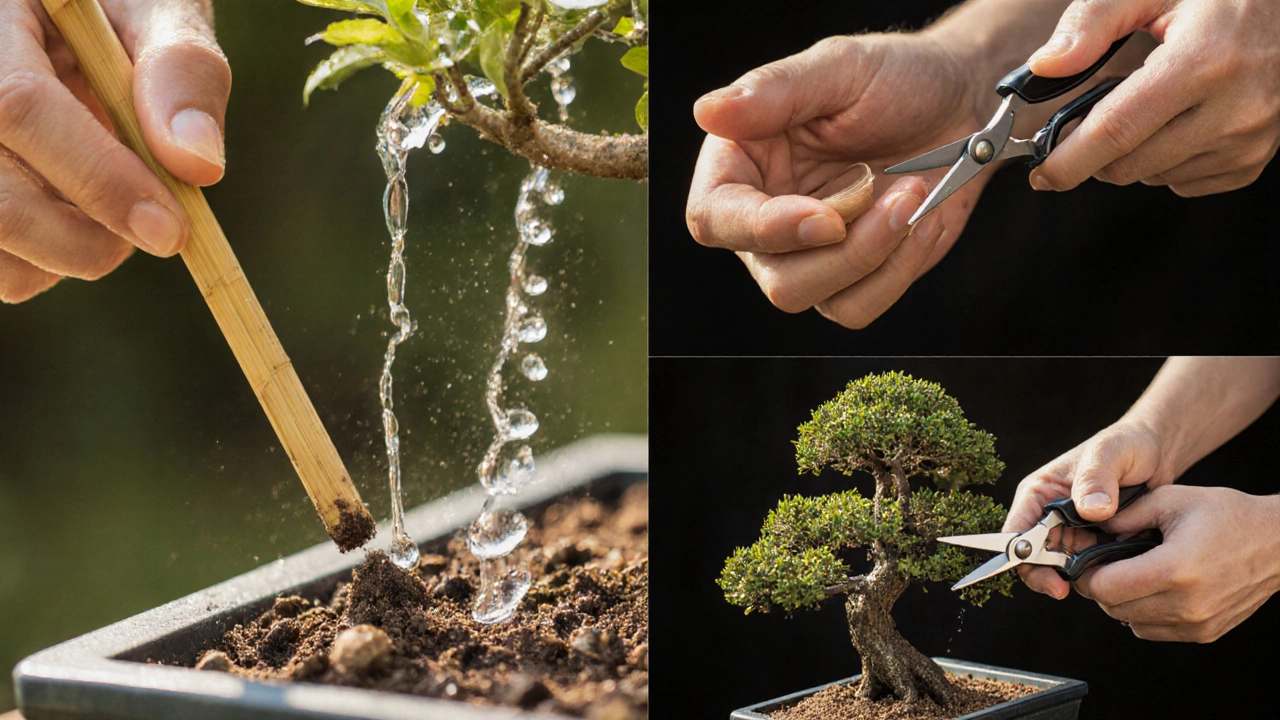
Quick Checklist for the Golden Rule
- Is the silhouette simple and natural? ✔️
- Do I water only when the top 2cm of soil feels dry? ✔️
- Is the tree getting 4‑6hours of bright, indirect light? ✔️
- Have I pruned excess shoots within the last month? ✔️
- Is any wiring loose and removed before it bites into the bark? ✔️
- Did I inspect roots during the last repotting? ✔️
Comparison Table: Essential Care Elements vs Typical Neglect
| Element | Best Practice (Golden Rule) | Typical Mistake |
|---|---|---|
| Watering | Water when surface 2cm is dry; ensure thorough soak | Water on a schedule, regardless of soil moisture |
| Lighting | 4-6h of bright, filtered light daily | Place in low‑light corner or expose to harsh midday sun |
| Pruning | Trim to maintain natural branch angles; remove no more than 30% at once | Heavy pruning to create unrealistic shapes |
| Wiring | Apply loose wire, remove before it embeds | Over‑tighten and leave for months |
| Soil & Root Care | Use gritty, well‑draining mix; prune circling roots annually | Use regular garden soil; ignore root health |
Frequently Asked Questions
What is the main purpose of the golden rule?
It keeps the bonsai looking like a miniature version of a full‑size tree, ensuring health, natural form, and aesthetic harmony.
How often should I water my bonsai?
Check the top 2cm of soil daily; water thoroughly when it feels dry. Frequency varies by species, pot size, and season.
Can I use regular potting mix for bonsai?
No. Bonsai needs a gritty mix-typically akadama, pumice, and lava rock-to provide excellent drainage and aeration.
When should I repot my bonsai?
Most indoor bonsai are repotted every 2-3years in early spring, after the tree has finished its dormant period.
Is wiring mandatory for every bonsai?
Wiring is a key tool for shaping, but it’s optional if the tree already has a natural form you like. Use it sparingly and always follow the golden rule of preserving health.
